Our bodies seem to be at the center of a lot of innovations that seem to be forming into a cohesive trend. The recent CES 2015 generated a lot of media talk related to wearables; now, wearables - as their name implies - are devices that are in contact with our bodies. In some cases this proximity simply implies access to an informational port, but this paradigm is being superseded by the view that body proximity should not be wasted but taken advantage of. So the new trend is to collect data from the body and generally speaking fitness bands where the first concrete application of that. But why stop there? Why not use our bodies as unique identifiers to get rid of passwords and increase data transaction security? Tracing an imaginary line through these data points creates a vector and the vector points biometric data becoming in the not-so-distant-future query points. And where there are queries SEO should go. I will develop this idea briefly at the end of the post.
How our bodies will be used as data providers

Our bodies can provide us access to a wealth of information we are really interested in. The first wave of commercial applications that really caught on was the introduction of various fitness bands (for instance see a toplist for 2015 by following this link). You can measure pulse rather easily and from pulse alone extract a lot of information. But why stop at pulse? How we breathe or how our skin conductivity changes (as a result of micro-sweating) can reveal emotions or mood changes. A polygraph can be a powerful tool as I hope Meet the Parents (2000) indisputably proved!
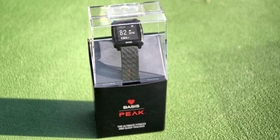
Researching various biometric wearables, I’ve stumbled across a review of a device called Basis Peak: a wrist-riding device (see photo on the right) that uses an optical system to measures blood flow. The idea being that as your heartbeat increases, blood flows faster, changing the amount of reflected light. It could be used in two ways: either as fitness band or as an emotional arousal monitor. I haven’t used this particular device, but I happen to be familiar with this class of biometric sensors during a stint in psychological research. If well calibrated, you can gain valuable insights into the moment-to-moment changes in the emotional state of a person.
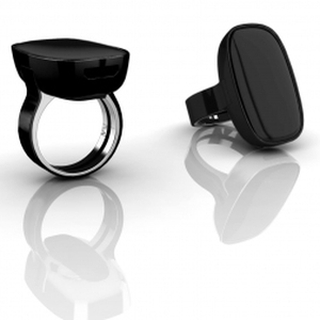

Galvanic Skin Response (GSR) is another term commonly used in polygraph testing or psychological research. No wonder people thought of using GSR as wearable device. The Moodmetric ring claims to be able to measure your emotions, or rather, your emotional arousal (ie. it does not distinguish emotions as such but can tell if you are calm or excited). It does so by measuring the electrical conductance of the skin – i.e. how much micro-sweat is present. Beyond personal lifestyle applications, I can readily imagine companie or organizations issuing devices such as these to employees that can make costly mistakes when dealing with too much stress (e.g. air-traffic controllers come to mind). On the left you can see an image of the ring-like device and the type of information it can output on your phone.
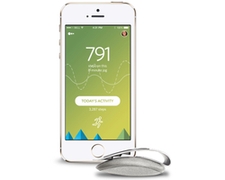
Finally, Spire is a device you can clip to your belt or bra and, voila!, its sensors can track your breathing, current body position and the amount of physical activity you are engaged in. Again, its creators are looking beyond the tried and tested fitness applications. For instance, when we are stressed, we breath more shallow and rapid breaths.
How our bodies will be used for data security purposes
Take a minute and think of how many passwords you use. In my case I have about 30 passwords on my list but only 5-7 that I actively remember (mind you, I only use strong passwords, so no pet name or birthdays or similar tricks in my case). According to naked.security the average briton uses 19 passwords and has difficulties balancing security with memorability.
Fingerprint scanning technology was incorporated more than a decade ago into some laptops (for instance my Toshiba Tecra M1 that gathers dust in the closet was my initiation into fingerprint scanning back in 2003) but never got beyond a limited number of adoptees.
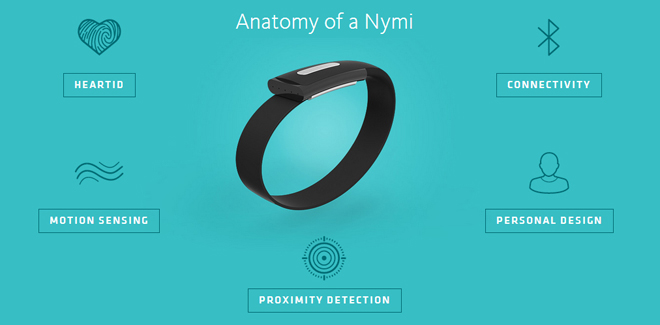
Nymi Band is an answer to market demand that keeps rising in a society already too saturated with passwords. This wearable is a biometric identity device uses your heart’s unique signature (by measuring our wrist pulse) to authenticate and confirm your identity. Plans are underway to use it not only for our mundane data security (i.e. email account) but also for authenticating banking transactions, for instance. Simply press a button for a couple of seconds and be done with password entering. If this proves to be a feasible and reliable method (time will tell) our children would have to look up “password” in their dictionaries to understand our times.
Of course, heartbeat is not the only unique identifier with possess; retinas, voices or even our faces are unique if you have the knowhow.

Intel lays claim to a patent (filed at the end of 2014) for technology that allowed them to unveil an application that drew a lot of attention at CES 2015. True Key’s Face Unlock works by taking a template of your face and creating a mathematical representation of the key facial features (like the distance between your eyes and other points on your face). Simply put, you don’t need to memorize anything other than your face on (remember John Woo’s 1997 Face/Off film, right?).
How our bodies will be used in interactive search queries
So far I’ve talked about devices collecting data from our bodies and using is more or less passively or for display purposes only. But can biometrics interact with other data? Lead Google and other search engines to use biometrics to filter and qualify search queries? Or even force SEO professionals to start optimizing for them? Let me give you several examples: tracking eye movements, monitoring brainwave activity and 3D facial imaging.
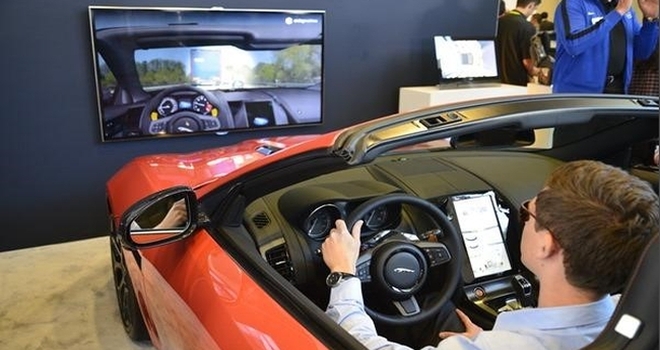
Jaguar Media Center announced on the 7th of January that it is working with Intel and Seeing Machines to develop sensing technology that monitors the driver's face and eyes to reduce distracted and drowsy driving. By using attention-monitoring sensors in the dashboard to detect eye and facial movements it can identify if the driver has become inattentive, either due to drowsiness or distraction.
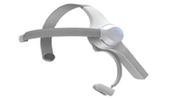
Not only drivers are in the spotlight. As early as 2008 MindWave wearable headset developed by NeuroSky Inc to measure brainwave signals and monitor attention levels of the students made quite a splash. The brainwave signals and the attention span can be viewed on the computer and can be interactively used to determine how well the student is learning.
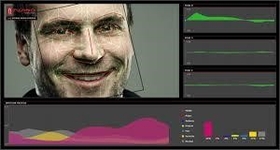
The last example comes from nViso, company that claims it can measure instantaneous emotional reactions of consumers in online environments. Using proprietary 3D Facial Imaging technology, compatible with ordinary webcams, nViso purports to uncover the why and how of customer behaviour in real-time, letting brands make smarter business decisions.
Futuristic SEO
While everyone can see the benefits for fitness enthusiasts or drivers or for advertising companies few are those that can envision just how much adoption of such technologies will change marketing and online behaviour. Why? Simply because search engines vie to interact in a highly-personalized way with each and every one of us and biometrics are significant step towards that goal.
While everyone can see the benefits for drivers or for advertising companies few are those that can envision just how much adoption of such technologies will change marketing and online behaviour. Why? Simply because search engines vie to interact in a highly-personalized way with each and every one of us and biometrics are significant step towards that goal.
Imagine your company’s website implementing already-existing technology that monitors biometrics such as eye-tracking via webcams to understand what type of content draws the attention of each visitor in what order. And then adapts dynamically it’s content to these non-verbal clues? For instance, If you look at a photo o product long enough more information appears about it. If you look more at visual content the website becomes more visual and the amount of text is reduced. Or maybe your website is tracking arousal through wearables that monitor emotional arousal to see what bores us and what excites us. And then adapts dynamically when it detects we are emotionally aroused and more likely to decide on a purchase?
If the trends holds true, I would venture to predict the following:
- Pages will become much more dynamic. We already are making responsive designs, but so far websites adapt to device screens (mostly) and not to the user. If / when biometrics start to enter the playing field website will have to create multiple versions of pages, each version being tailored to visitors states of mind.
- Pages will have to be optimized to a matrix of queries. Granted, the lion share will be comprised of semantic information (ie. the classic keywords), but other types of information will have to be included as well.
- Meantime we will see a veritable format war to determine which data format will gain wide acceptance for GSR data, or pulse data, or brainwave activity. For biometric SEO to start in the earnest, we need the equivalent of .avi or .mp3 for each type of biometric.
Some of the above is almost certain, other parts are speculative. I would really appreciate your thoughts on this topic and what you think could be the future of biometric SEO. Am I rambling or am I on to something? Write back and I will include it in the discussion.






Posting comment as guest.
If you already have an account, please LOGIN.
If not, you may consider creating on. It’s FREE!